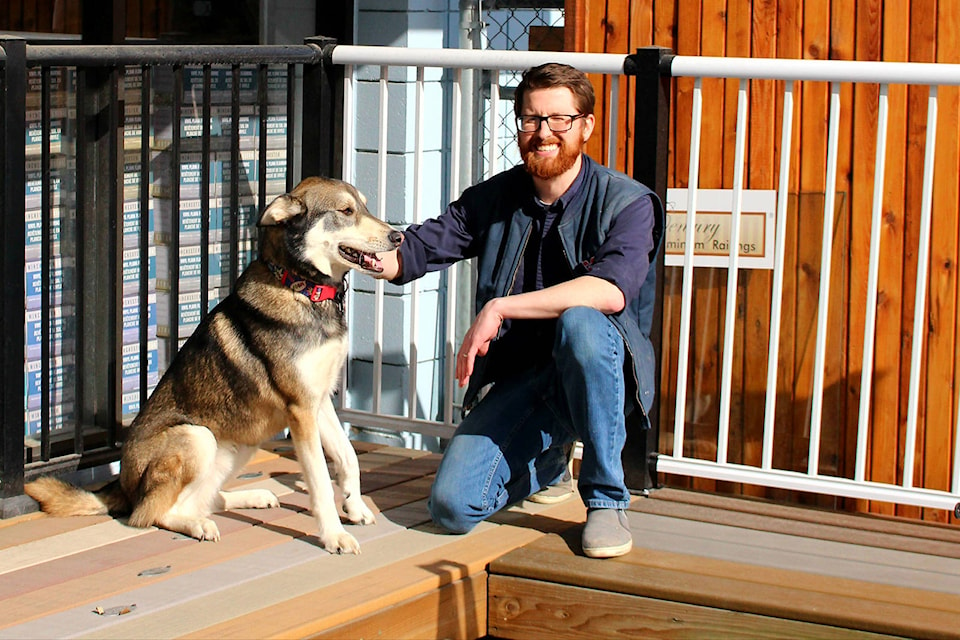If a new deck is on your to-do list this spring, begin your discussion with one of the most important considerations: the material you’re going to use.
Different materials not only offer different looks and price points, but each also has unique durability properties – especially important in our West Coast climate.
“Vancouver Island has some of the most beautiful weather in Canada, but the proximity to the ocean and the mix of sun and rain makes it one of the hardest climates for exterior materials,” explains Joshua Farquharson, manager of Windsor Plywood at Keating Cross Road.
1. Composite/PVC
A popular option in the last decade for its durability and low maintenance, composite decking is made from a mixture of plastic and wood fibre.
On the plus side, composite decking doesn’t rot and only requires cleaning once a year, however its downside has been a lack of colour/tone variation.
In response, manufacturers developed “capstock,” composite wrapped in PVC, providing much greater colour and texture flexibility compared to composite alone. However, emerging technologies often bring a learning curve, and several brands of capstock products failed in Vancouver Island’s unique conditions, Farquharson notes. “It’s important to research the product you are buying, a deck is a large investment and you want it to last.”
“An even more durable option is pure PVC decking, although this will be the highest price point among decking options,” he says.
2. Cedar decking
Touring many areas on the West Coast, you’ll see red cedar decking as the traditional choice for wood decks.
“With great insect and rot resistance, cedar is a great choice for real wood decking,” Farquharson explains, but notes that while cedar can be left untreated to turn to a grey patina, this greatly affects the lifespan of the wood.
“The wood should be treated with an exterior finish,” he says. “Hardcoat varnish-type finishes like Sico Proluxe last for three to five years before needing to be sanded to bare wood and refinished. Softcoat oil finishes such as Penofin need to be reapplied every other year but only require a simple cleaning between coats.
“There is no perfect finish. It’s a balance of what you want your deck to look like and how much work you’re willing to do.”
3. Hardwood decking
Arguably the most beautiful looking deck option, hardwood decking is limited in the West Coast climate to tropical hardwood. No other hardwoods really hold up.
Boasting similar properties, Ipe, Cumaru (Brazilian Teak) and Pedra decking all have great decay and insect resistance, it’s just the colour and price that fluctuates, Farquharson says.
4. Treated decking
The most economical choice, treated wood traditionally comes in green, although several brands have switched to making brown treated. Treated with pressure and typically alkaline copper, manufacturers seek to give it the properties of cedar and finish it in a similar way.
***
Windsor Plywood, 2120 Keating X Rd., specializes in interior and exterior home finishing products including flooring, doors, mouldings, wood products and hard-to-source products. Any questions? Just ask! The Windsor experts are happy to help.
